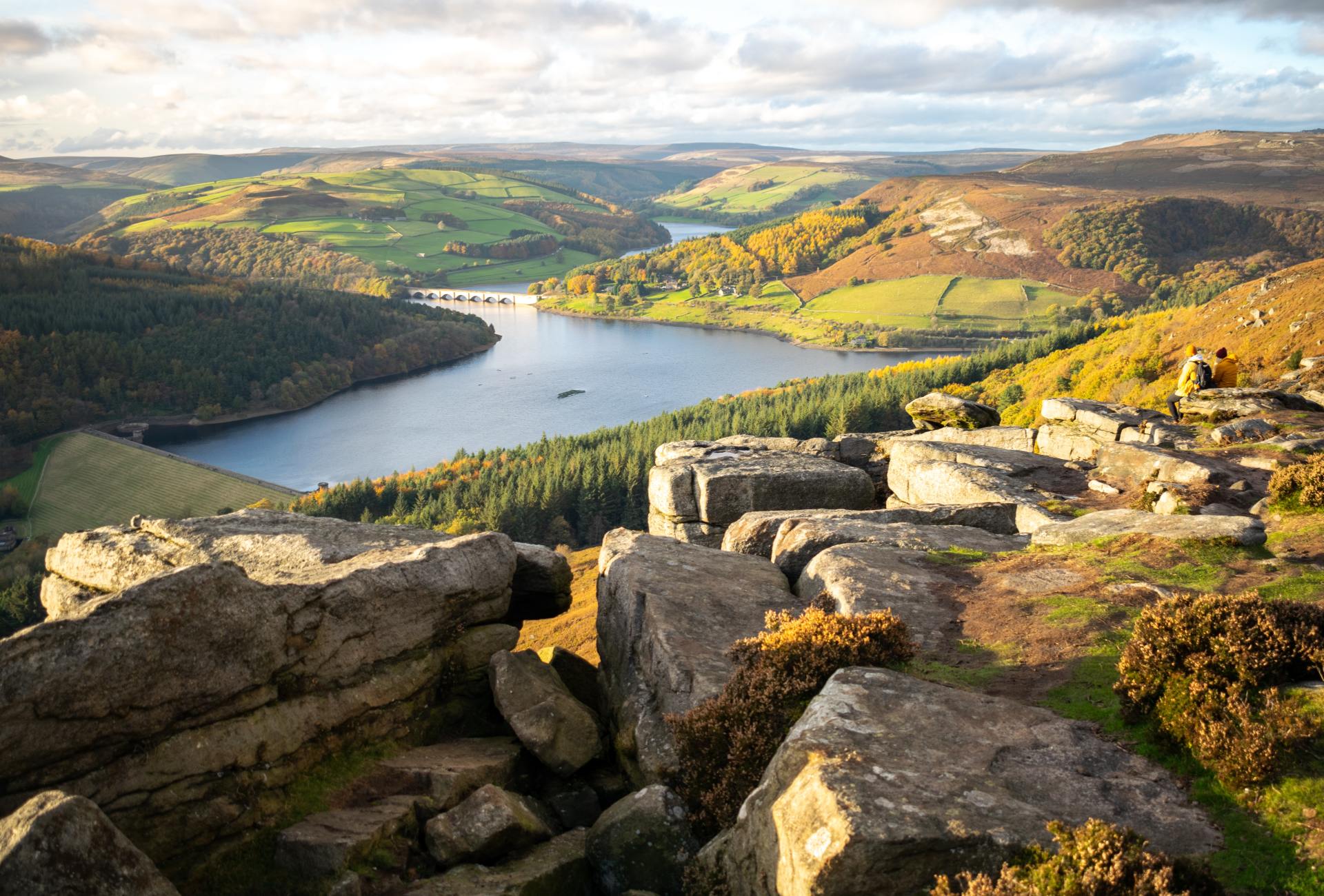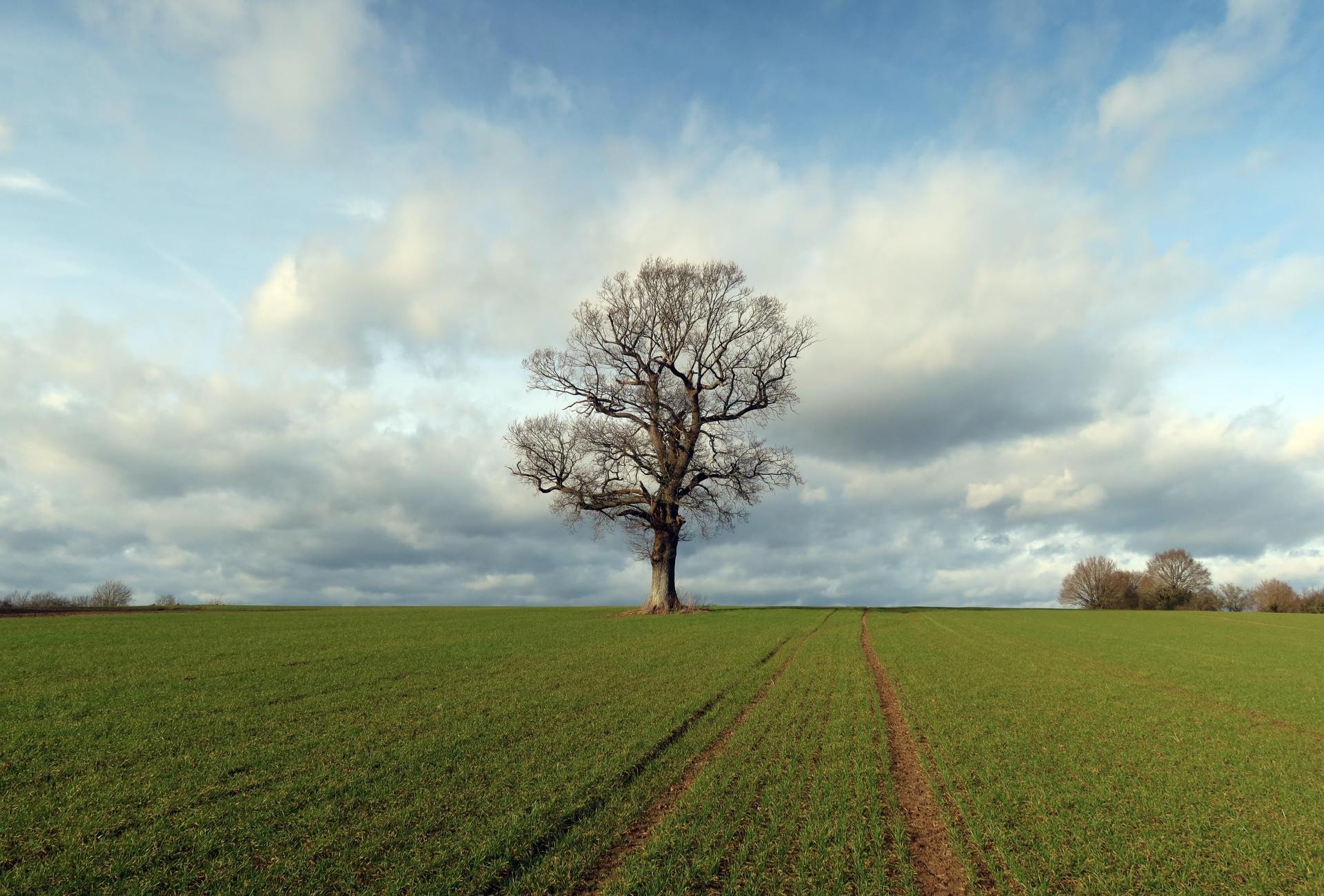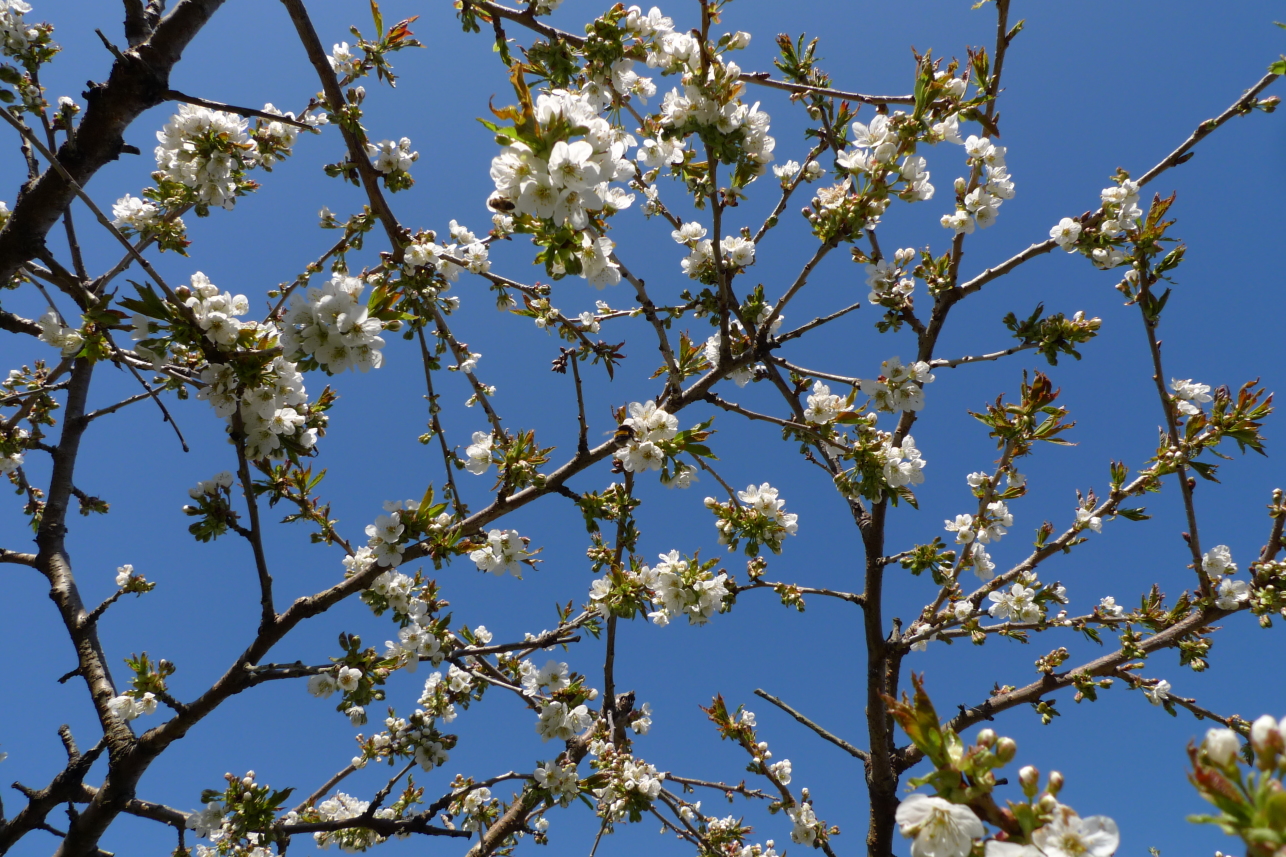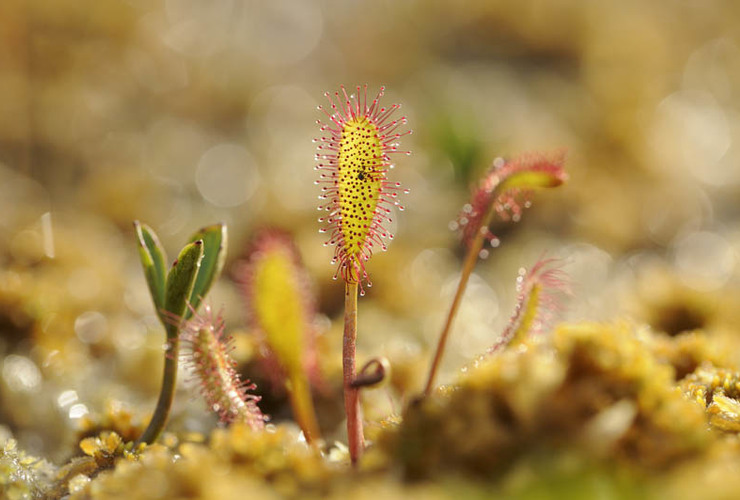Does the green recovery paper offer hope for a wilder England?
Does the UK Government’s recently published green recovery paper go far enough for England's wild places?
The UK Government published its Nature Recovery Green Paper for public consultation on 16th March.
The proposals in the paper are set in the context of protecting 30 per cent of land in England for nature by 2030 and realising the new legally binding targets in the Environment Act 2021. These include a target to reverse the population decline of numerous plant and animal species in England by 2030.
Specifically, the UK Government wants to ‘simplify and streamline environmental regulation’ and ‘consolidate’ protected sites regulations. But what does this mean? And what are the implications for wild places in England?
What does this mean?
The UK has different categories by which sites are protected for nature depending on the legal basis of the protection. Protected sites include Special Conservation Areas, Special Protection Areas, Sites of Special Scientific Interest, Ramsar sites, National Nature Reserves and Local Nature Reserves.
The legislation has evolved over time and is a mix of domestic as well as European legislation. Many Sites of Special Scientific Interest overlap with Special Conservation Areas or Special Protection Areas.
By simplifying the legislation the UK Government hopes to be able to create a single legal basis for protected sites, making the system easier for landowners and the public to understand, whilst also allowing for more flexible approaches to nature recovery at each site.
What are the implications for England’s wild places?
The paper acknowledges that the decline of nature in England has been widespread and that, even with a system of protected sites, only 38 per cent of the area of protected sites on land are in a good condition.
It presents the challenge as being ‘to place nature recovery at the heart of protected sites’ and seeks to do this by creating a broader nature recovery purpose that is not overly prescriptive, addressing the current ‘disconnect between the historical purposes for which different types of sites were designated and our ambition to halt biodiversity loss by 2030 and protect 30 per cent of our land and seas.’
Placing nature recovery at the heart of protected sites does seem to signal a shift in philosophy – from one of ‘conservation’ and preserving particular features and species at sites – towards one that is prepared to put recovery first, that accepts nature as dynamic and subject to continual change. Over time, this may mean that sites protected for nature may not continue to look the same or support the same species or features in the future as they have been doing in the past.
Will England be a wilder if the proposed changes come about?
As an approach, it could allow for a holistic, ecosystem approach to land management rather than site or species specific. In the Green Recovery paper, areas that have been ‘rewilded’, which could be understood as areas where nature has been allowed to recover in its own dynamic way, are described as areas that could ‘contribute to the Nature Recovery Network, with Local Nature Recovery Strategies helping to ensure ecological coherence between existing and new areas’. Allowing more areas in England to be managed under more holistic land management approaches for wilder places, all over England, could be a pathway to realising the UK Government’s biodiversity targets.
But can we go further?
The paper doesn’t consider in detail how we could go about achieving wilder places, as part of protecting 30 per cent of land in England for nature recovery. It does however present criteria for what should count towards the 30 per cent.
According to the paper, areas contributing to 30 by 30 must:
- have a clear purpose of conserving biodiversity (although this may not be their primary purpose)
- have long-term protection and/or management in place that works against adverse pressures on the area’s biodiversity objectives, or actively results in improved outcomes for biodiversity
- deliver the appropriate and necessary biodiversity outcomes. These will be measurable, monitored and can be used to assess the ongoing improvement in these areas.
But in addition to biodiversity, we would like to see the UK Government considering land management for wilder places. After all, it is how land is managed and used that has a direct impact on biodiversity. Only when places become wilder will we have any hope of reaching targets for biodiversity.
Some examples of targets for wilder places that we would like to see the UK Government presenting as part of its strategy for reaching 30 per cent of land protected for nature by 2030 are:
- landscape scale montane woodland creation
- ambitious targets for damaged peatland restoration
- grazing at sustainable levels at high altitudes where habitats are much more vulnerable and sensitive
- sensitive native woodland planting, with only essential fencing
If we want more nature, we need bigger, more connected areas for it to thrive. These areas need to give nature the freedom it needs to recover. If we can kick-start natural processes, extend and connect habitat that has been fragmented, and monitor progress within, between and beyond our protected areas, we would be a long way closer to land that was worthy of being counted towards a 30 per cent protected for nature target by 2030 target.



